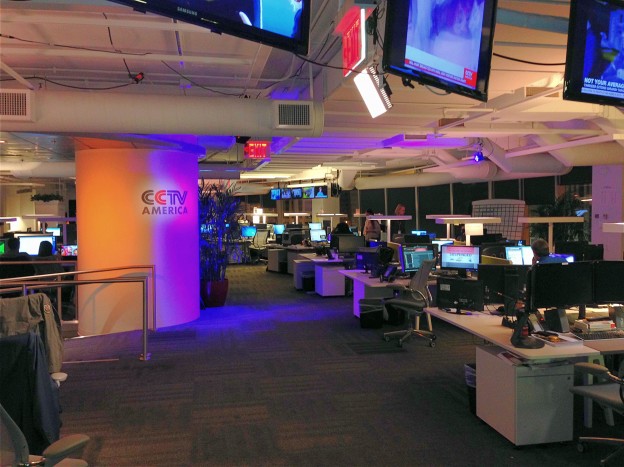dys•func•tion•al
Adjective
1. Not operating normally or properly.
2. Deviating from the norms of social behavior in a way regarded as bad.
“Dysfunctional” is a fun word, but not a fun condition. It means “something that doesn’t work the way it should or “Abnormal or impaired functioning, especially of a bodily system or social group.” The British Royal Family has often been referred to as dysfunctional, especially around the time of Diana’s death and its aftermath.
I have been thinking about “dysfunctional” because of my experience in working with clients all over the country and even abroad. Because, often when I visit with a client for the purpose of helping improve a program they produce – I discover that the program is the least of their problems. Instead, very often the root of their problem is a dysfunctional producing group. Sometimes, the dysfunction can extend to the entire station.
Mind you, I don’t market myself as an institutional psychiatrist or a religious missionary. But, what I have discovered is that so often there are fundamental human behavior issues that impede production of a better program. It would be easier for me to say “those problems aren’t my department,” but I know from experience that if we don’t unearth and solve these fundamental issue of dysfunctional behavior, the other efforts won’t pay off.
One of my most astute clients calls this unearthing of human and institutional problems as “ripping the Bandaids off” and admitting to our basic dysfunction. It emerges through sensitive and persistent questioning in groups or private one-on-one interviews. It manifests itself as deeply-held, important issues which staff are afraid to tell management, or which management sometimes refuses to hear. Sometimes, my probing and pushing staff to speak up … leads to outbursts, shouting, acrimony … and truth! I’ve learned to bring a box of tissues to my interviews, because people feel very emotional about these issues. I have worked with small teams (3-4 people) where members can’t or don’t talk to each other because of anger. I have delivered tough love to such people, going so far as to tell them that if they cannot function productively in their job, they should quit and find other employment. I serve as a mentor, a Father Confessor, and someone who truly identifies with and “loves” creative people and all of the problems they have (because I have had them all too!) Sometimes, people have ended up quitting; most of the time, they improve their attitude and performance. While I know I cannot save people from themselves, it is enormously gratifying when I can help a talented creative person turn his/her attitude and behavior around.
It’s unlikely that you’ll ever hire me as a pseudo-shrink for your organization, but it is a skill that I bring to the table from years of working in tough environments with talented people. If your organization is dysfunctional, you probably already know it. I assure you that it will benefit from my ability to unearth such dysfunctionalism and deal with it head on.






